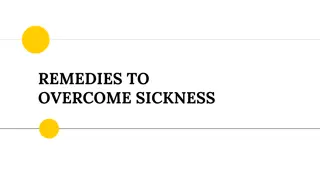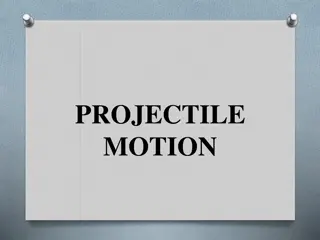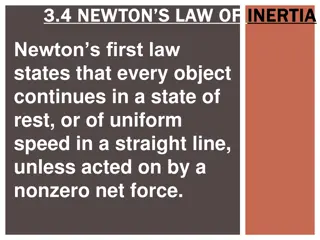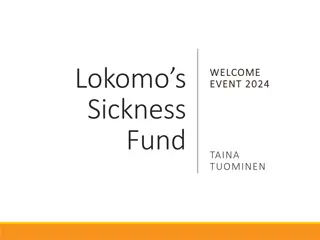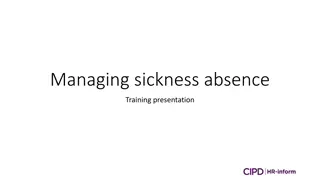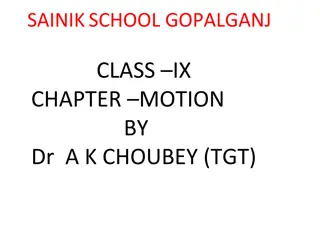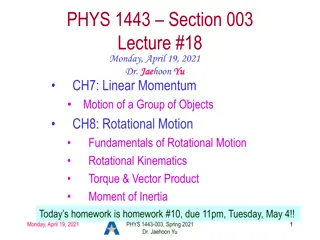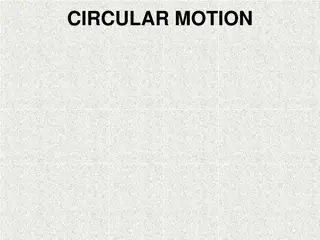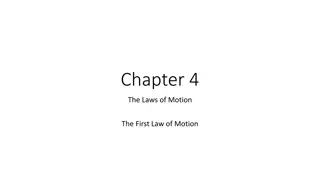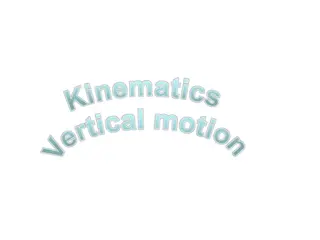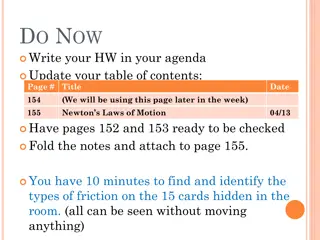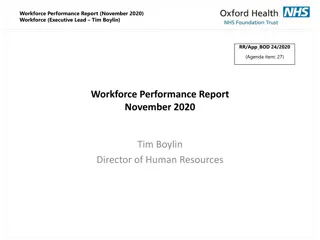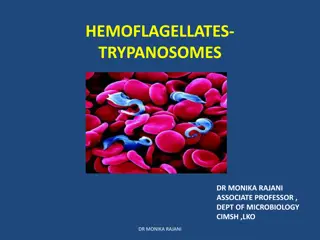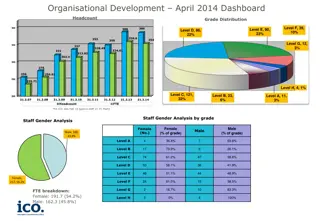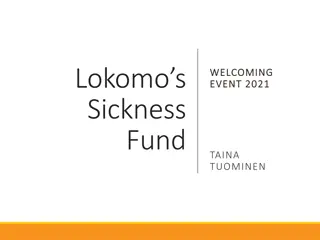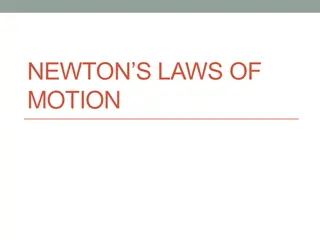Motion Sickness in Children
Motion sickness in children is often characterized by nausea, vomiting, pallor, and cold sweats. Factors like age, family history, and mode of travel play a significant role. Management includes the use of antihistamines and anticholinergic drugs, with considerations for dosage and side effects.
Download Presentation

Please find below an Image/Link to download the presentation.
The content on the website is provided AS IS for your information and personal use only. It may not be sold, licensed, or shared on other websites without obtaining consent from the author.If you encounter any issues during the download, it is possible that the publisher has removed the file from their server.
You are allowed to download the files provided on this website for personal or commercial use, subject to the condition that they are used lawfully. All files are the property of their respective owners.
The content on the website is provided AS IS for your information and personal use only. It may not be sold, licensed, or shared on other websites without obtaining consent from the author.
E N D
Presentation Transcript
Motion Sickness Prepared by: Assist. Lect.Lubab Tarek Nafea
Motion sickness is caused by a conflict of messages to the brain, where the vomiting center receives information from the eyes, the GI tract and the vestibular system in the ear. Patient assessment 1. Symptoms :nausea, sometimes vomiting, pallor and cold sweats. 2. Age It is common in young children. Babies and very young children up to 2 years seem to only rarely suffer from the problem and therefore do not usually require treatment. The incidence of motion sickness seems to greatly reduce with age 3. Previous history members of the family have history motion sickness and for whom treatment will be needed. 4. Mode of travel/length of journey The estimated length of time to be spent travelling will help in the selection of prophylactic treatment, since the length of action of available drugs varies. Once vomiting starts there is little that can be done, so any medicine recommended must be taken in good time before the journey if it is to be effective. If it is a long journey, it may be necessary to repeat the dose while travelling and the recommended dosage interval should be stressed. Children are less likely to feel or be sick if they can see out of the car, so appropriate seats can be used to elevate the seating position of small children. For any method of travel, children are less likely to experience symptoms if they are kept occupied by playing games as they are therefore concentrating on something else.
Antihistamine and Anticholinergic drugs
Management : 1.Antihistamines They include cinnarizine, meclozine and promethazine. Anticholinergic effects are thought to be responsible for the effectivenessof antihistamines in the prophylaxis of motion sickness. All have the potential to cause drowsiness and promethazine appears to be the most sedative. Meclozine and promethazine theoclate have long durations of action and are useful for long journeys since they need to be taken only once daily. Cinnarizine and promethazine theoclate are not recommended for children younger than 5 years, whereas meclozine can be given to those over 2 years. These drugs are best avoided during pregnancy.
THIS FOR PERIPHERAL VASCULAR DISEASE THIS FOR MOTION SICKNESS AND VESTIBULAR DISEASE
Scopolamine (Hyoscine hydrobromide)
2. Anticholinergic agents Hyoscine hydrobromideis the only anticholinergic used widely in the prevention of motion sickness which can be given to children over 3 years. Anticholinergic drugs can cause drowsiness, blurred vision, dry mouth, constipation and urinary retention as side-effects, although they are unlikely at the doses used in OTC formulations for motion sickness. Children could be given sweets to suck to counteract any drying of the mouth. Hyoscine has a short duration of action (from 1 to 3 h). It is therefore suitable for shorter journeys and should be given 20 min before the start of the journey. Anticholinergic drugs and antihistamines with anticholinergic effects are best avoided in patients with prostatic hypertrophy because of the possibility of urinary retention and in glaucoma because the intraocular pressure might be increased. side-effects from anticholinergic agents are additive and may be increased in patients already taking drugs with anticholinergic effects, such as tricyclic antidepressants (e.g. amitriptyline), butyrophenones (e.g. haloperidol) and phenothiazines (e.g. chlorpromazine). 3.Alternative approaches to motion sickness (Ginger) It has been suggested that ginger acts on the GI tract itself rather than on the vomiting centre in the brain or on the vestibular system. No official dosage level has been suggested. Ginger would be worth trying for a driver who suffered from motion sickness, since it does not cause drowsiness, and might be worth considering for use in pregnant women, for whom other antiemetics such as anticholinergics and antihistamines are not recommended.


